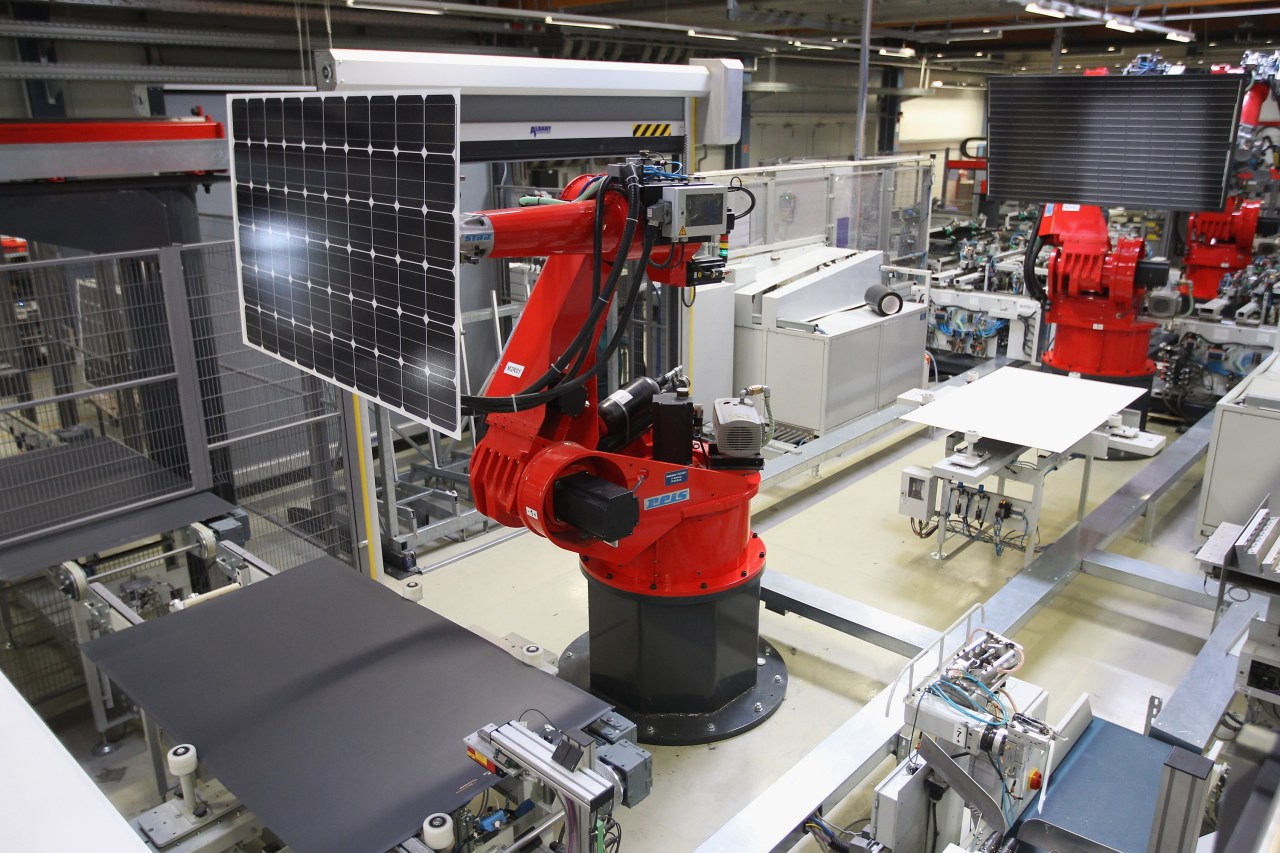As we welcome the future of work, one prevailing trend captures attention: the rise of automation. A revealing study from the Brookings Institute has highlighted a concerning forecast—approximately 25% of jobs in the U.S. are at a “high risk” of being automated. With industries like transportation, food preparation, and administrative roles sitting in the crosshairs, it’s essential to understand the implications of automation and how society can prepare for this shift.
The Extent of Automation Risk
According to the Brookings study, roles that involve processing, data collection, and physical labor are particularly vulnerable to technological advancements. With the increasing capabilities of robotics and artificial intelligence, jobs are not merely evolving; they are at risk of vanishing altogether. The staggering 70% automation potential for certain tasks leaves many workers unsure of their futures.
Who Will Be Most Affected?
The impact of automation is expected to reverberate unevenly across the workforce. Regions with lesser educational resources will feel the brunt of these changes, alongside demographic groups that may already be facing challenges. The report identifies three segments of the population likely to experience a heightened vulnerability:
- Youth: Young workers, often engaged in entry-level jobs, may find their opportunities limited as automation takes hold.
- Less Educated Workers: Individuals without advanced degrees may struggle to adapt to newly automated environments, heightening job insecurity.
- Underrepresented Groups: Marginalized communities could find themselves disproportionately impacted by the loss of low-wage jobs that are most susceptible to automation.
A Historical Perspective
This isn’t the first time technology has reshaped the labor landscape. Throughout history, technological revolutions have birthed new types of jobs while making other roles redundant. However, the rapid pace of modern automation presents a unique challenge. The urgency to adapt becomes critical, as the rejection of these changes can lead to socioeconomic repercussions that ripple across society.
Bracing for Impact: Solutions Ahead
While the outlook may seem bleak, there are proactive steps that local governments and industries can adopt. Education and skill development emerge as pivotal strategies. It is essential to:
- Invest in Retraining Programs: Businesses and government entities should collaborate to develop training programs tailored to equip workers with skills for emerging roles.
- Encourage Lifelong Learning: Creating a culture of continuous education will empower workers to pivot as industries evolve, enabling them to adapt to new technologies.
- Promote Inclusive Policies: Ensuring that retraining programs reach underrepresented groups can help mitigate disparities in the job market.
Conclusion: A Future Together
Automation is undeniably a double-edged sword. It brings efficiency and innovation while posing challenges that require immediate attention. By fostering education and community-driven skill development initiatives, we can prepare for an automated future and ensure that no worker is left behind.
At fxis.ai, we believe that such advancements are crucial for the future of AI, as they enable more comprehensive and effective solutions. Our team is continually exploring new methodologies to push the envelope in artificial intelligence, ensuring that our clients benefit from the latest technological innovations.
For more insights, updates, or to collaborate on AI development projects, stay connected with fxis.ai.

